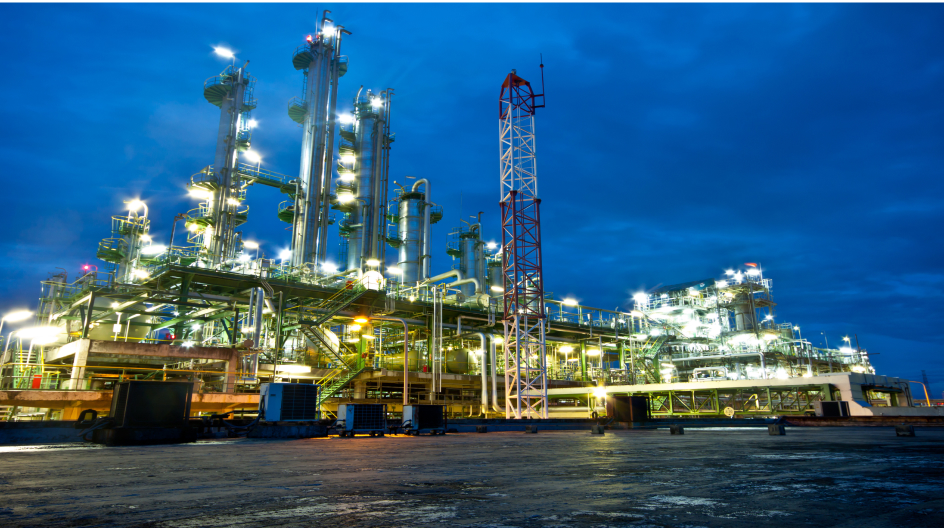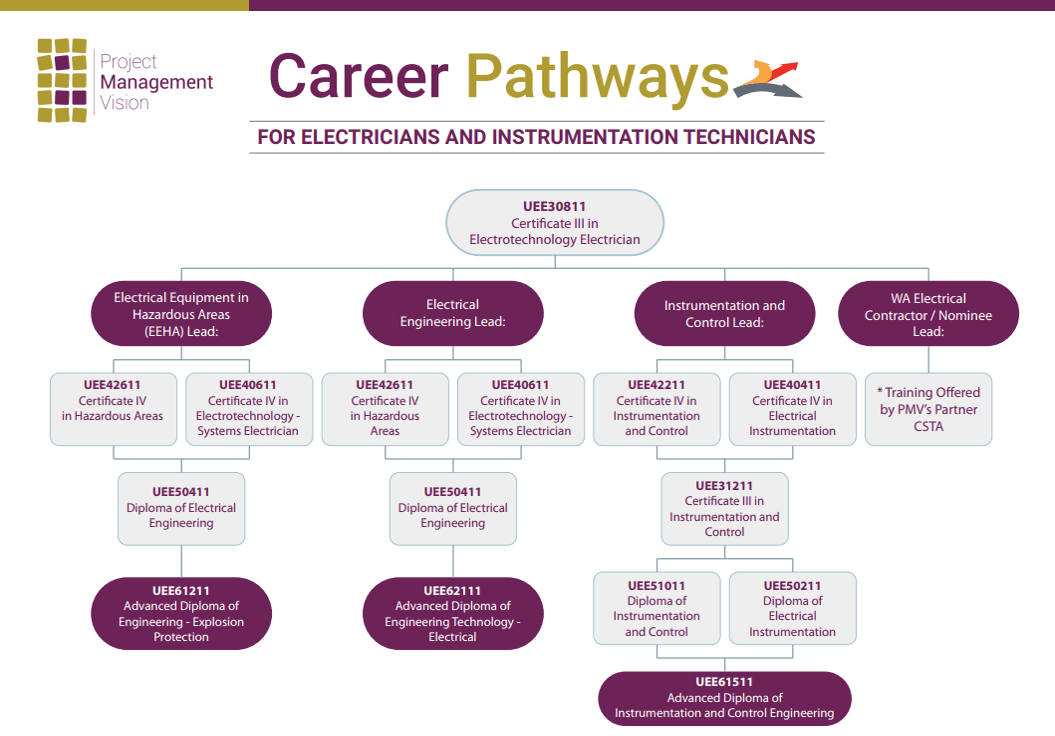The 9-Minute Rule for Roar Solutions
Table of ContentsRoar Solutions Can Be Fun For AnyoneGetting The Roar Solutions To WorkThings about Roar Solutions
In such an atmosphere a fire or explosion is possible when 3 standard conditions are met. This is typically referred to as the "dangerous area" or "combustion" triangular. In order to protect installations from a possible surge an approach of analysing and classifying a potentially unsafe location is required. The function of this is to make sure the appropriate selection and setup of tools to eventually prevent a surge and to make sure security of life.

No devices needs to be mounted where the surface area temperature level of the tools is greater than the ignition temperature of the given hazard. Below are some common dust hazardous and their minimum ignition temperature. Coal Dust 380C 225C Polythene 420C (thaws) Methyl Cellulose 420C 320C Starch 460C 435C Flour 490C 340C Sugar 490C 460C Grain Dust 510C 300C Phenolic Material 530C > 450C Aluminium 590C > 450C PVC 700C > 450C Residue 810C 570C The possibility of the threat existing in a concentration high enough to trigger an ignition will vary from area to place.
In order to identify this threat an installment is split into areas of risk relying on the amount of time the hazardous is existing. These locations are referred to as Zones. For gases and vapours and dirts and fibers there are three zones. Zone 0 Zone 20 An unsafe atmosphere is very most likely to be existing and might exist for long durations of time (> 1000 hours annually) or even continuously Zone 1 Area 21 A hazardous atmosphere is feasible yet not likely to be present for extended periods of time (> 10 450 C [842 F] A category of T6 implies the minimum ignition temperature is > 85 C [185 F] Dangerous location electric tools possibly made for usage in higher ambient temperatures. This would indicated on the rating plate e.g. EExe II C T3 Ta + 60C( This implies at 60C ambient T3 will certainly not be gone beyond) T1 T1, T2, T3, T4, T5, T6 T2 T2, T3, T4, T5, T6 T3 T3, T4, T5, T6 T4 T4, T5, T6 T5 T5, T6 T6 T6 A T Course score of T1 means the maximum surface temperature produced by the tool at 40 C is 450 C. Assuming the associated T Course and Temperature level score for the tools are ideal for the area, you can always use a tool with a more strict Department ranking than needed for the area. There isn't a clear response to this inquiry. It really does rely on the kind of tools and what fixings need to be executed. Devices with details test treatments that can not be carried out in the field in order to achieve/maintain third party ranking. Need to return to the manufacturing facility if it is before the equipment's solution. Area Fixing By Authorised Personnel: Complex screening might not be required however particular treatments might need to be complied with in order for the tools to keep its 3rd party ranking. Authorized personnel should be employed to do the job correctly Repair work should be a like for like substitute. New element need to be taken into consideration as a straight substitute calling for no unique screening of the tools after the repair is complete. Each piece of equipment with a harmful score must be reviewed individually. These are outlined at a high degree below, but for even more thorough information, please refer directly to the guidelines.
Excitement About Roar Solutions
The tools register is a comprehensive data source of tools records that includes a minimum set of areas to determine each item's location, technological specifications, Ex category, age, and ecological data. The proportion of Thorough to Close evaluations will be determined by the Tools Danger, which is evaluated based on ignition risk (the chance of a source of ignition versus the probability of a combustible environment )and the dangerous area classification
( Zone 0Area 1, or 2). Executing a durable Risk-Based Assessment( RBI )technique is crucial for making certain conformity and security in taking care of Electrical Equipment in Hazardous Locations( EEHA).
The 10-Minute Rule for Roar Solutions

In regards to explosive risk, a hazardous location is an environment in which an eruptive environment is present (or might be expected to be existing) in amounts that need special preventative measures for the building, installation and use of equipment. Roar Solutions. In this write-up we check out the challenges dealt with in the workplace, the threat control actions, and the needed competencies to function safely
These compounds can, in particular problems, create explosive atmospheres and these can have major and unfortunate consequences. Most of us are familiar with the fire triangle remove any one of the 3 elements and the fire can not occur, but what does this mean in the context of hazardous areas?
In navigate here most instances, we can do little about the levels of oxygen airborne, but we can have significant influence on sources of ignition, for instance electric devices. Unsafe locations are recorded on the hazardous area classification illustration and are recognized on-site by the triangular "EX-SPOUSE" indicator. Here, among various other vital details, areas are split into three kinds relying on the threat, the chance and period that an eruptive environment will exist; Zone 0 or 20 is deemed one of the most hazardous and Area 2 or 22 is considered the least.
Comments on “Things about Roar Solutions”